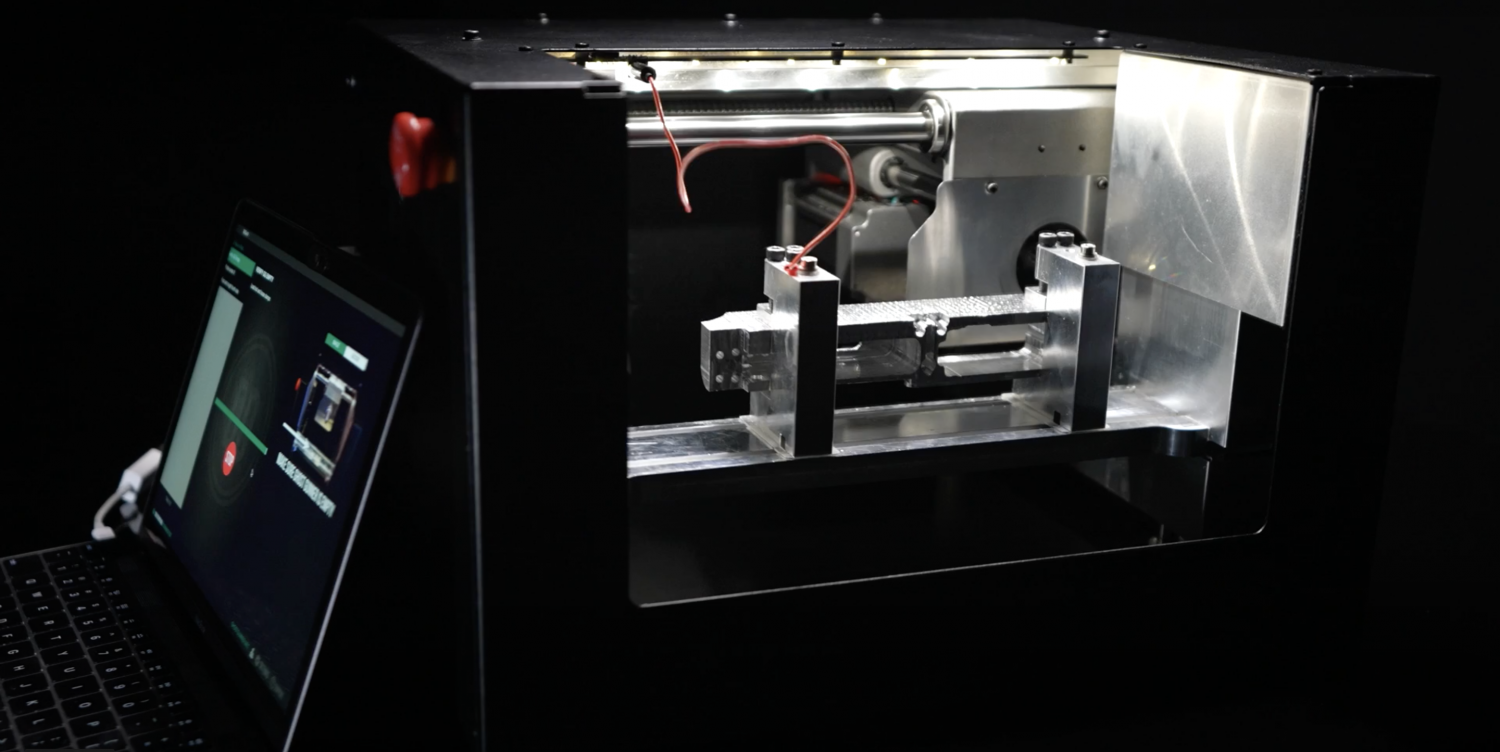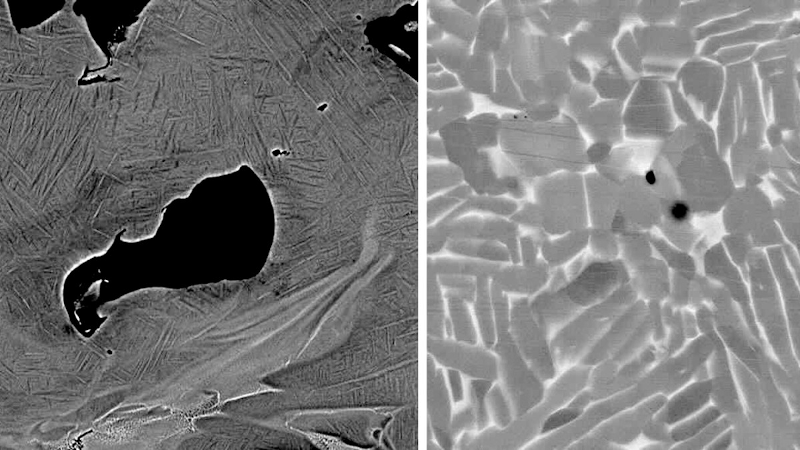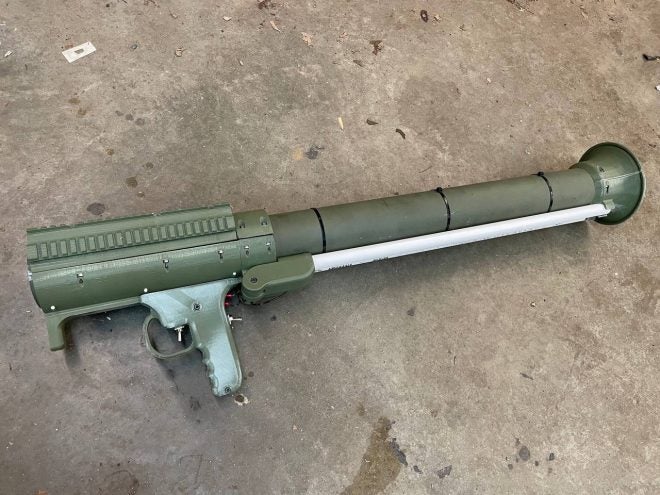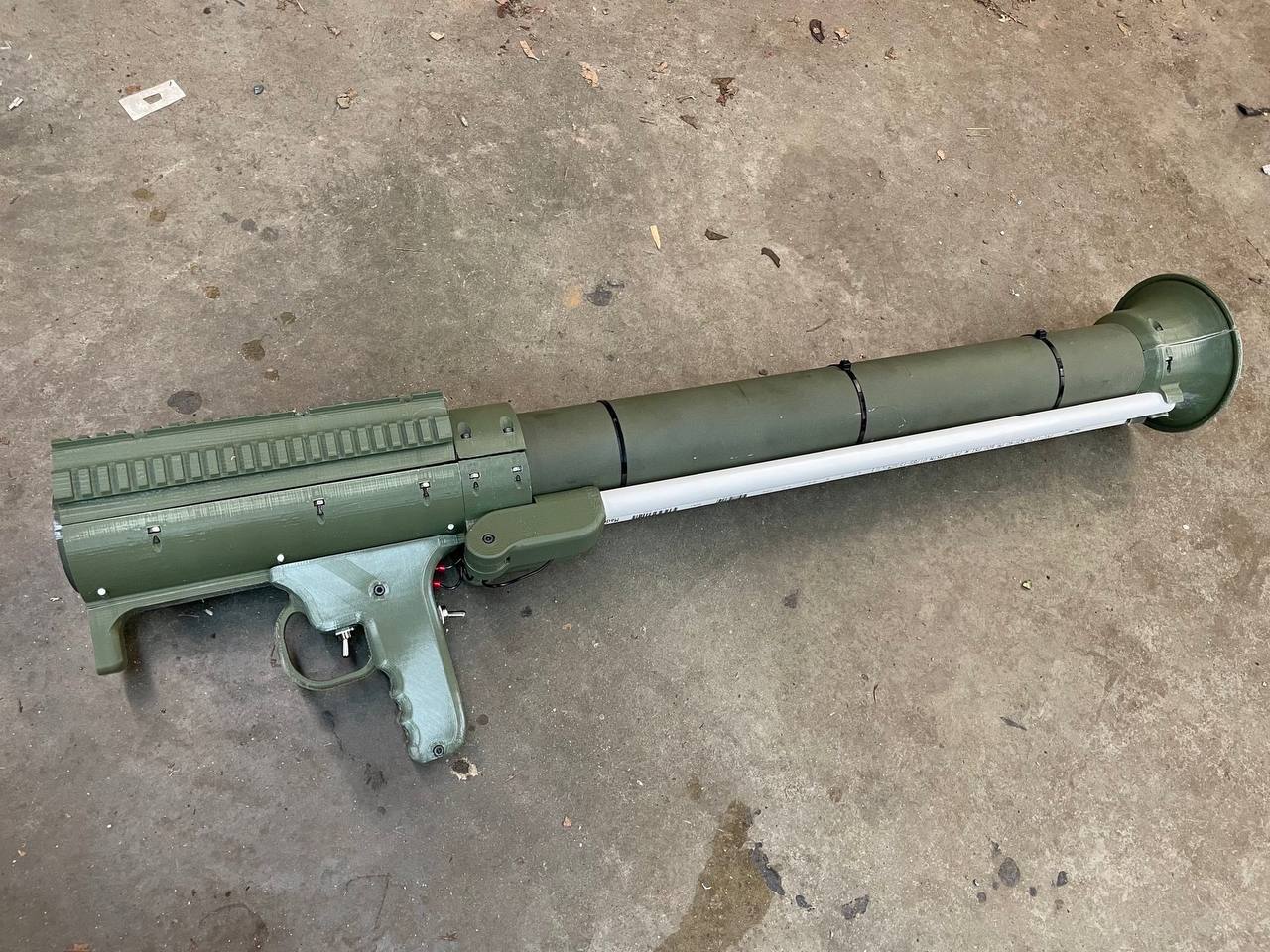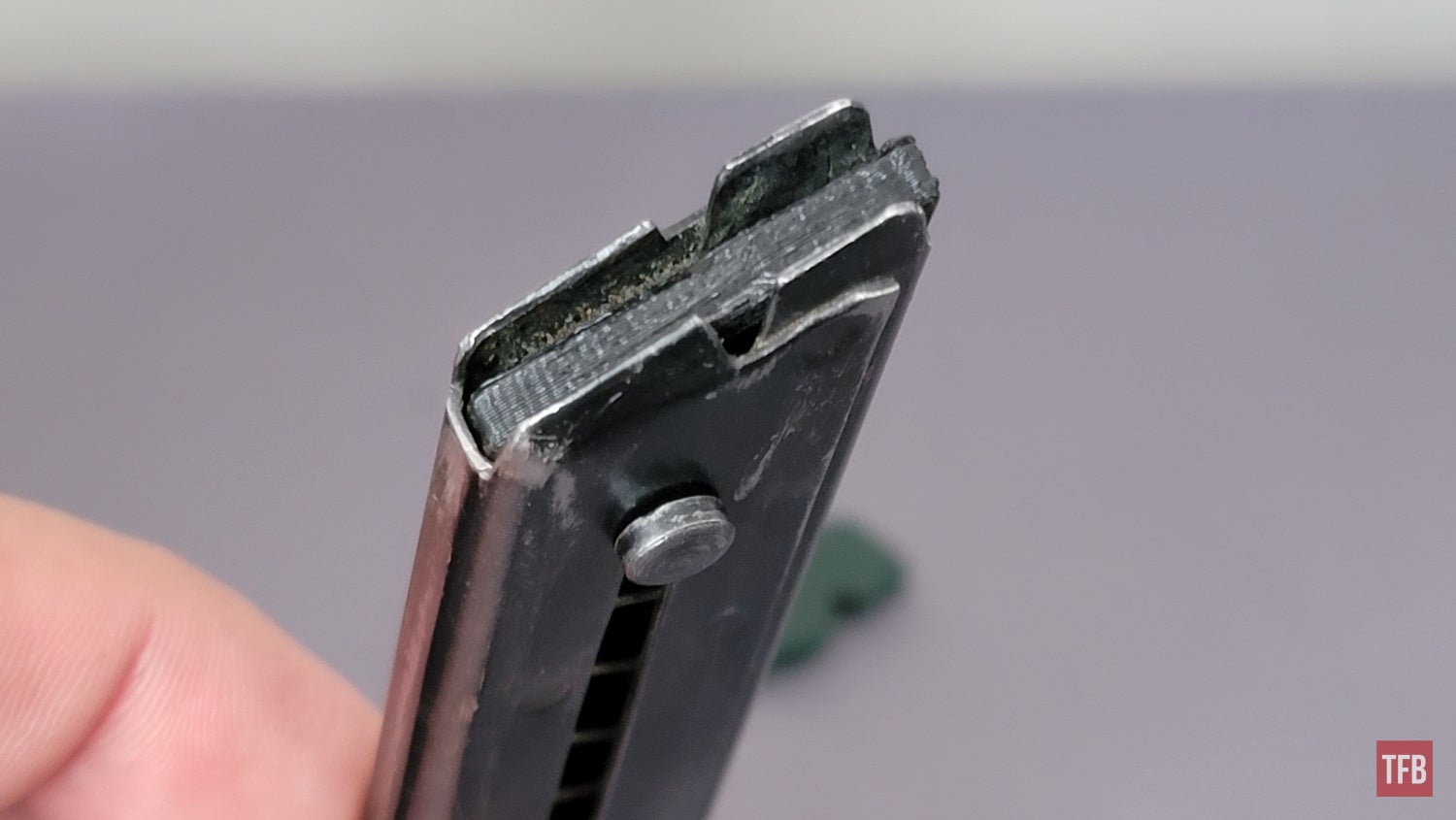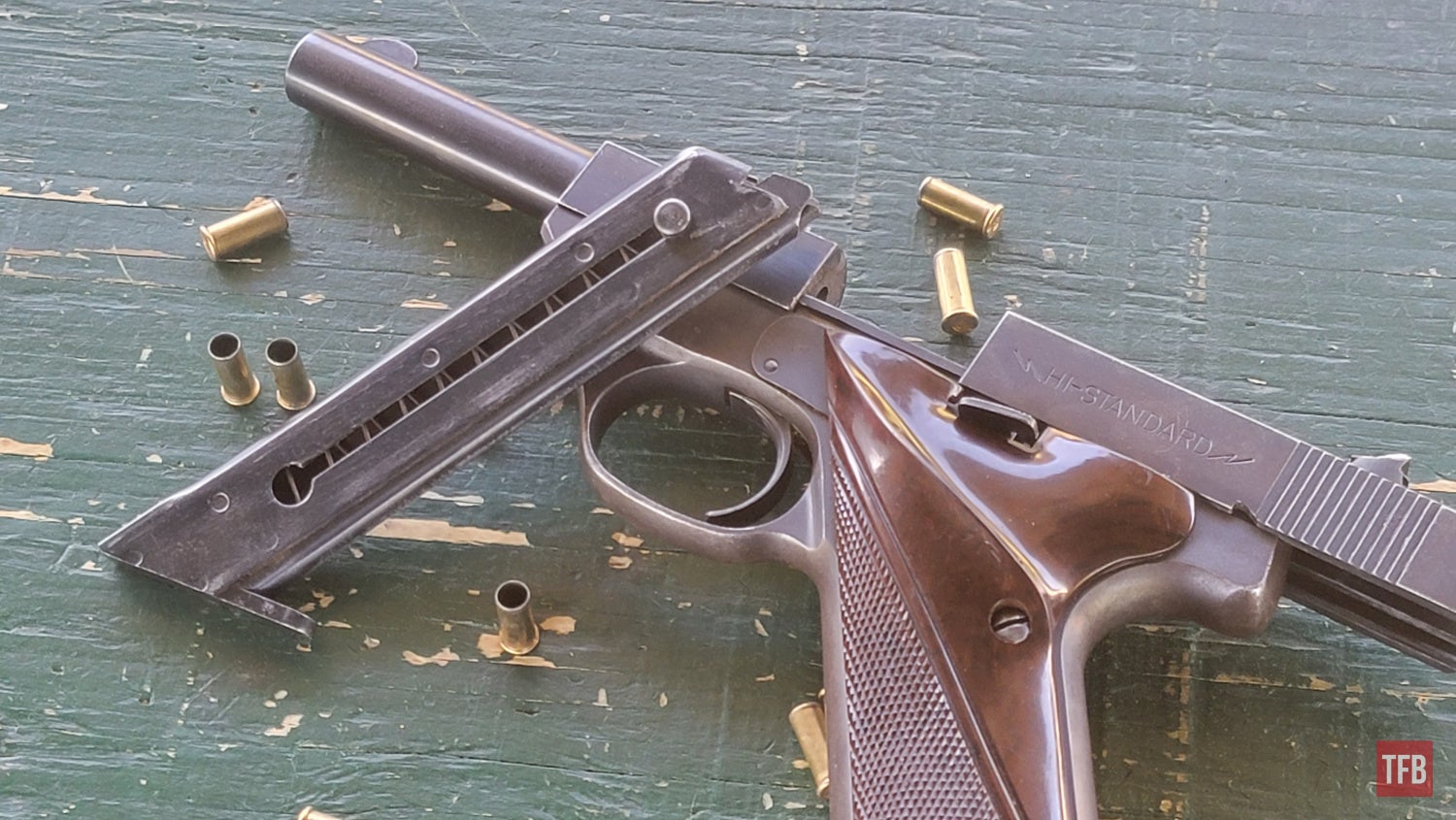Localities including San Diego, San Francisco and
Oakland have also levied city-wide bans that make it illegal for any resident to possess or buy an unserialized gun. In January, state assembly member Mike Gipson, of southern California, introduced
a bill that would ban ghost guns statewide, and later that month he joined Senator Dianne Feinstein
in calling on the nation’s mayors to enact similar prohibitions.
And in July, an
amendment to a California ammunition law will require people to pass a background check before buying a gun kit and mandates ghost gun retailers submit purchase records to the state’s department of justice. The amendment, also authored by Gipson, passed in 2019, and is set to be implemented three years earlier than originally planned due to concerns over the use of ghost guns.
But violence prevention advocates say the efforts are only a bandage until the federal government creates policies that would regulate ghost guns and the US Bureau of Alcohol, Tobacco, Firearms and Explosives (ATF) closes the legal loophole that has allowed ghost gun makers to evade federal gun guidelines like background checks and serial numbers.
“Ghost gun companies have been resistant to any regulations and it’s clear that they see their business model existing because of the legal loopholes they can exploit,” Pucino said. “They don’t want to compete with the gun manufacturers that have to follow regulations.
“[States and local governments] are using the tools at their disposal but the federal government needs to step in,” he added. “The longer ATF delays, more ghost guns will be available and they will be used in more shootings.”
During a recent firearm trade show the ATF’s acting director told attendees that a
long-awaited rule that would require a background check before someone buys untraceable gun parts would not be ready in July, according to the New York Times.
This most recent high-profile mass shooting has intensified calls for gun control, increased protections for domestic violence survivors and their children.
“Time and time again, we see these high power weapons on our streets that land in the hands of those who continue to kill our babies,” assembly member Gipson said in a statement after the Sacramento shooting. “This is exactly what keeps me up at night! We are not safe. Our babies aren’t safe. Even when we go to the extent of getting a restraining order and following every step possible to protect them.”
 koska ihminen on kriminaali ja murhaus on sillä ensimmäisenä mielessä. Kuitenkin jos tarkastelen tätä esim hakkeri näkökulmasta niin asia on kultturellisesti sama, eli "mahdottomien" asioden tekeminen todellisuudessa, pienillä tai hyvin pienillä kustannuksilla. "Aavepyssyt" eivät synny itsestään ja tekijällä pitää olla ymmärrys sekä kokemus miten ase toimii mekaanisesti.
koska ihminen on kriminaali ja murhaus on sillä ensimmäisenä mielessä. Kuitenkin jos tarkastelen tätä esim hakkeri näkökulmasta niin asia on kultturellisesti sama, eli "mahdottomien" asioden tekeminen todellisuudessa, pienillä tai hyvin pienillä kustannuksilla. "Aavepyssyt" eivät synny itsestään ja tekijällä pitää olla ymmärrys sekä kokemus miten ase toimii mekaanisesti.
